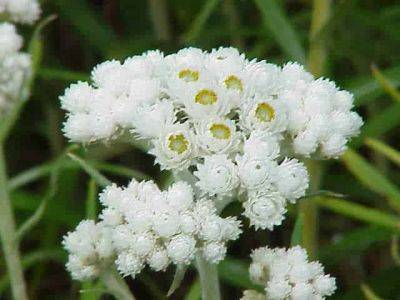Said to be an old Greek name for a similar plant (Compositae). Hardy perennials with white wooly foliage and flowers which can be cut before maturity and dried for use as `everlastings’, sometimes being dyed.
Growing Guide for Helianthemum
22.01.2024 - 21:21 / backyardgardener.com / Frederick Leeth
From the Greek helios, the sun, and anthemon. a flower (Cistaceae). Sun Rose. A genus of evergreen and semi-evergreen shrubs, sub-shrubs, perennial plants and annuals, very free flowering. Numerous named varieties and hybrids are grown and four species are native plants.
As the name implies, a sunny spot is essential for the sun roses. Ordinary soil is suitable and they are excellent plants for dry walls, rock gardens and sunny banks. Most are not very long-lived and need replacing in preference to cutting hard back to encourage new growth. Propagate from cuttings of young shoots in July or August, inserted in sandy compost. Once these are rooted they should be potted singly into small pots and over-wintered thus. Because they do not transplant well, it is common practice to put them into their permanent positions from these pots, planting out in April.
Helianthemum (hel-ee-an-them-um)
View all posts
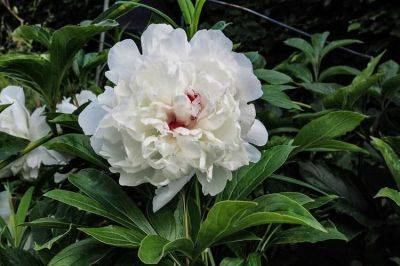
Growing Guidance for Paeonias
Commemorating Paeon, an ancient Greek physician, is said to have first used P. officinalis medicinally. Although the genus has long been considered a member of the buttercup family, Ranunculaceae, some modern botanists now place it in a family of its own, Paeoniaceae. A genus of 33 species of hardy herbaceous and shrubby perennials and a few shrubs, among the noblest and most decorative plants for a sunny or shaded border. The main division of the genus is between the herbaceous and the tree paeony, but botanically, the matter is much more complex.

How to grow Mushrooms
From the time of the Greeks and Romans, various fungi have been eaten as a delicacy and the expert can find many varieties growing wild which are equal, if not superior, in flavor to the mushroom (Psalliotta campestris). But there are also a number of poisonous fungi, some deadly. The field mushrooms which appear in profusion in meadows in the moist autumn days are perfectly safe, but the inexperienced townsman would be well advised to make sure first that he is actually picking field mushrooms, because some poisonous fungi are very similar. Cultivated mushrooms are absolutely reliable and a valuable food as well as a delicacy.
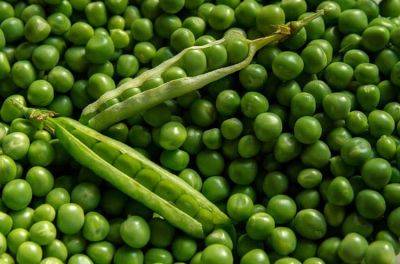
Growing facts for Beans and Peas
Beans include many types of snap beans, pole beans, and Southern peas, such as black-eyed types. Plant these in spring after all danger of frost has passed. Because they grow so fast, start beans from seed directly in the garden. To speed their sprouting, soak seeds in water overnight before planting.
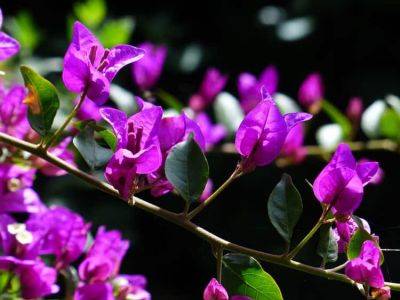
Growing Guidance for Bougainvillea Vine
Climbing leaf-losing shrubby plants, from Brazil, which belong to the family Nyctaginaceae. They are cultivated outdoors in the far South and in colder climates in greenhouses. The slender woody stems are furnished with small, ovate to elliptic-lanceolate, green leaves and sharp thorns.
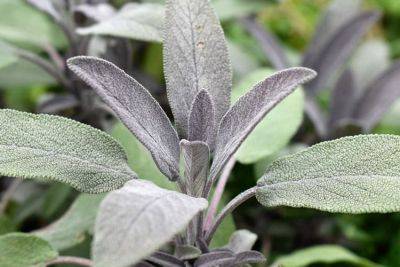
Growing Guidance for Salvia Plant
From the Latin salveo, meaning save or heal, used by Pliny with reference to the medicinal qualities of some species (Labiatae). A large genus of over 700 species of hardy, half-hardy and tender annual, biennial, perennial plants and shrubs, some with aromatic leaves, widely distributed in the temperate and warmer zones. It includes the common sage, S. officinalis, a valuable culinary plant, as well as many colourful summer and autumn flowering border plants.

Growing Guide for Delphiniums
From the Greek dolphin, a dolphin, the flowerbuds having some resemblance to that sea creature (Ranunculaceae). Larkspur. The genus consists of annual, biennial and herbaceous perennial plants, mostly hardy and showy plants for border cultivation, with some dwarf species suitable for the rock garden.

Growers Guide for African Violets
African violet is perhaps the only full-blown paradox that can survive on a windowsill. On one hand, it is a celebrated show plant, with new cultivars eagerly sought after by collectors and enthusiasts. It has its own organization, the African Violet Society of America, and its own magazine, African Violet. A quick Internet search reveals that there are almost as many African violet sites as there are pages for sex and dieting. And yet, these plants are mass-produced by the hundreds of thousands and are readily available for a minuscule price from mom and pop garden centers, enormous mega-merchandisers, and a host of medium-size vendors.
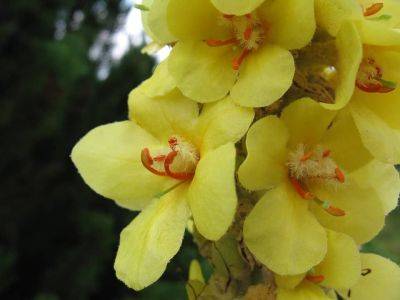
Growing Guide for Verbascum – Mullein
Possibly from the Latin barba, a beard, many species have a hairy or downy look (Scrophulariaceae). Mullein. A genus of 300 species of hardy herbaceous plants, mostly biennials or short-lived perennials, from temperate parts of Europe and Asia.
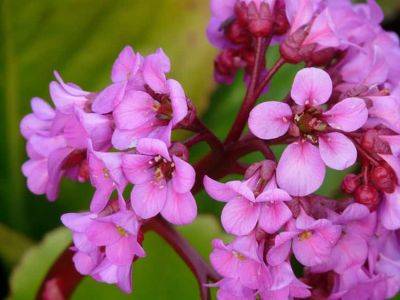
Growing Guide for Bergenia Plant
Named for Karl August von Bergen, 1704-60, German botanist (Saxifragaceae). These hardy perennial herbaceous plants with large evergreen leaves were at one time called megasea, and were at another time included with the saxifrages. The flowers which come in early spring are showy in white, pink or red-purple, borne in large heads on long stems. The large leathery, glossy leaves are also decorative, especially as in some kinds the foliage is suffused with reddish color in winter.
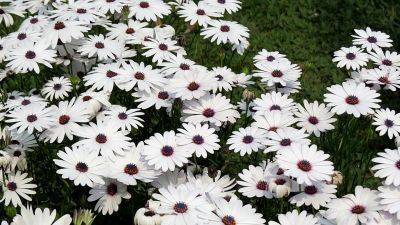
Growing Guide for Pyrethrum – Chrysanthemum
From the Greek pyr, fire, probably with reference to fever, since the plant was used medicinally to assuage fever (Compositae). These hardy plants are admirable for a sunny border and last well as cut flowers. Long known as pyrethrum they are botanically classified under Chrysanthemum.
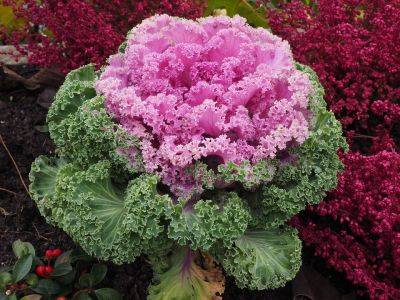
Growing Guide for Ornamental Brassica
The students have returned to school, your mailbox is crammed with a new crop of seed catalogs, the leaves are falling, and the days are getting shorter. Drive by your local garden center or roadside stand and the displays are filled with ornamental kales and cabbages. Autumn has arrived.
